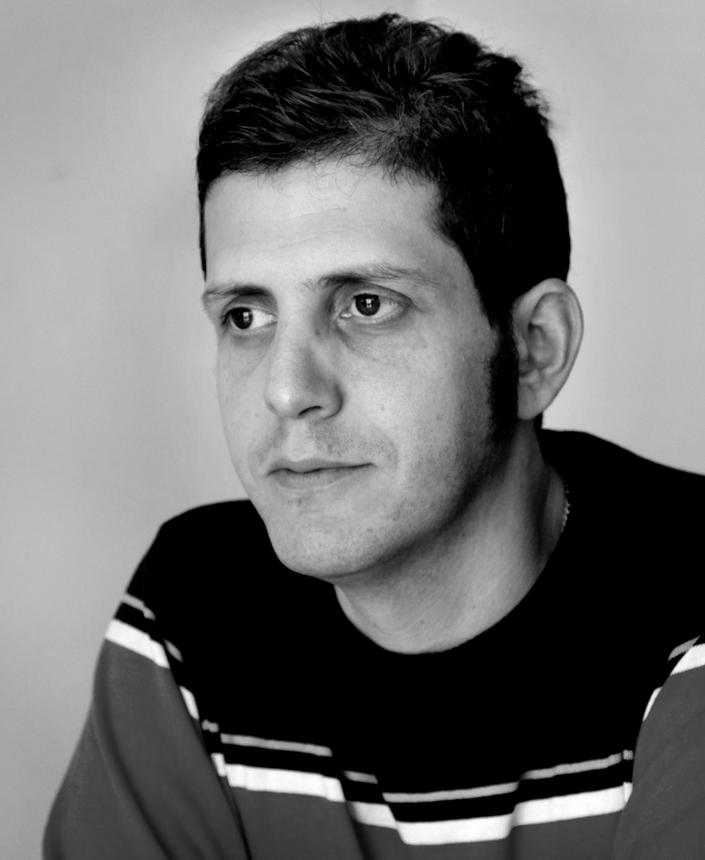 The title is the heading of the opening chapter of A Land Without Borders: My Journey Around East Jerusalem and the West Bank by Nir Baram (and translated from the Hebrew by Jessica Cohen). I was alerted to the book by listening to an interview with its Jewish author on a Radio National program. Most of my reading has been of the works of older scholars. What attracted me to this book was that its author is an Israeli born in 1976 and I wanted an insight into his post 1967 perspective. What really drew me in was the following message:
The title is the heading of the opening chapter of A Land Without Borders: My Journey Around East Jerusalem and the West Bank by Nir Baram (and translated from the Hebrew by Jessica Cohen). I was alerted to the book by listening to an interview with its Jewish author on a Radio National program. Most of my reading has been of the works of older scholars. What attracted me to this book was that its author is an Israeli born in 1976 and I wanted an insight into his post 1967 perspective. What really drew me in was the following message:
I grew up in Israel in the 1980s, when hundreds of thousands of Palestinians from the West Bank worked in Israel and shared the streets of Jerusalem, Tel Aviv and Haifa with us every day. Since the Oslo Accords of the 1990s, and with greater vigor after the Second Intifada broke out in 2000 and the Israeli government built its “security fence” (the separation wall that runs along the Green Line in some sections, but mostly sits deep in the West Bank), separation between West Bank Palestinians and Israelis became more rigid, more planned. As a result, the Palestinians ostensibly disappeared from our streets and most Israelis stopped going over the Green Line. Many Jewish teenagers I spoke with have never met a Palestinian in their lives — not even one! — while Palestinian kids eyed me curiously because I was the first Jew they’d ever met. But even older Israelis, who used to maintain both working and personal relationships with Palestinians from the West Bank, have not seen one for many years.
In fact, . . . most Israelis . . . have no inkling what the West Bank looks like today or how its inhabitants conduct their lives. . . . (my bolding)
Now that does not sound good. I am looking forward to following Nir Baran’s travels.
Among so many who claim to speak for one side or the other, there is, according to Baran, a pervasive ignorance of the reality of the daily lives of both Jews and Arabs in the West Bank. Images of certain selected persons and events flash on our TV screens and it is so easy for us to think those images represent far more than they in fact do. Baran’s purpose in his travels:
Mostly I wanted the people right in front of me to tell me their stories, and at times to prod them to follow the course of what they told me to its logical outcome, to chafe their political dreams up against the sharp stones of reality, and to leave my readers room to equivocate, to formulate their own positions.
 I’m reminded of another work I recently completed, one by an older Palestinian. It is also worth picking up for an insight into the realities on the ground: Palestinian Walks: Notes on a Vanishing Landscape by Raja Shehadeh. That was a poignant insight into the perspective of an older generation too soon fading away. But now I look forward to reading a younger perspective on both the present and future.
I’m reminded of another work I recently completed, one by an older Palestinian. It is also worth picking up for an insight into the realities on the ground: Palestinian Walks: Notes on a Vanishing Landscape by Raja Shehadeh. That was a poignant insight into the perspective of an older generation too soon fading away. But now I look forward to reading a younger perspective on both the present and future.

